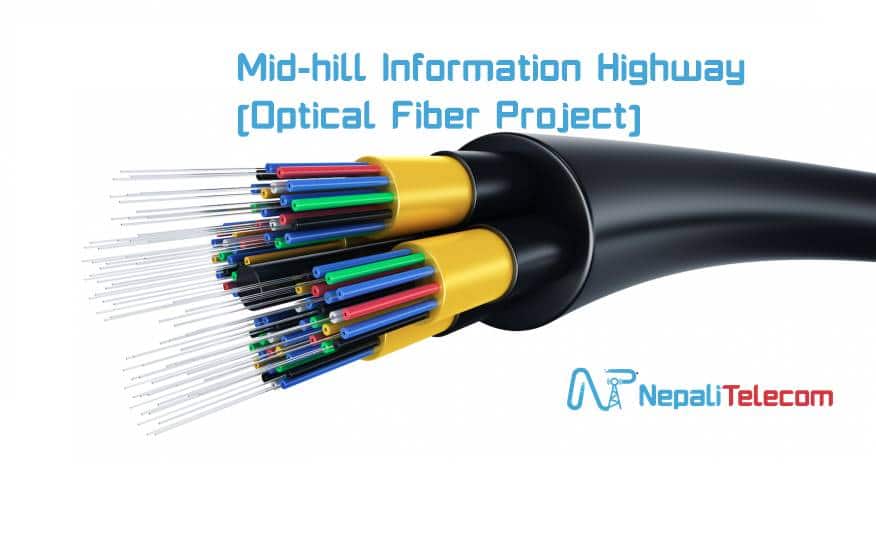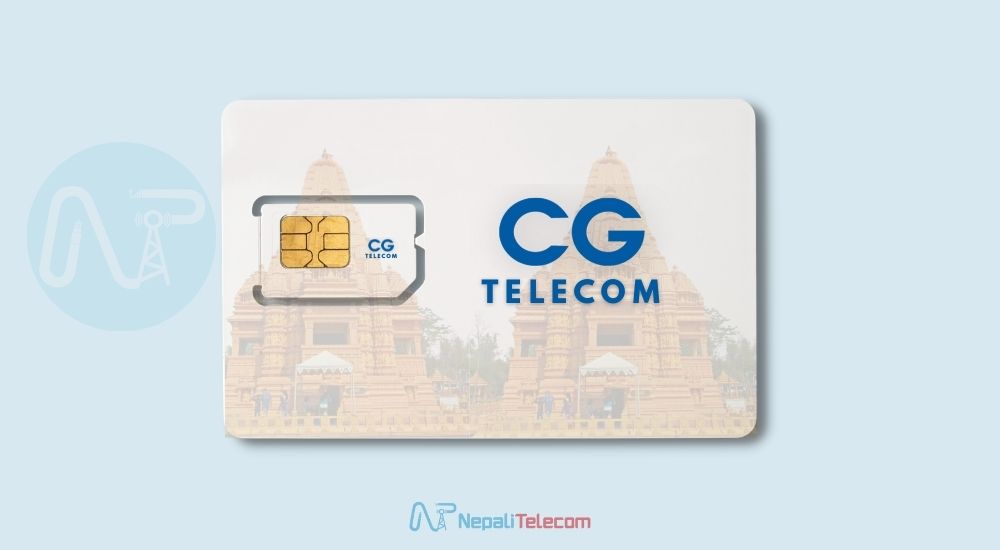Nepal has been working to develop an information highway across the country for making easy access to information services. Although the term has been there for a couple of years, it has not yet culminated in the way we expected. All of the telecoms, IT services will use the information highway, available in the whole of the country. So, it is a pathway for all telecom operators, ISP, IT providers for the connection capability to provide their services to people, businesses.
Although the optical fiber mostly encompasses the information highway, there could be the usage of high capacity wireless microwave in some remote areas.
What is Information Highway?
The information highway is a telecom or IT infrastructure that is used by a country for the expansion of internet and telecom services. As the speed of the communication in the highway is a super fast or high speed, some even term it as the information superhighway. The opportunities that the information highway may bring to a country is huge as it helps to link not only every office but also for people to people.
There are separate names for the information highway based on the project name or the term coined by the early acceptors. Australia calls it as NBN, National backbone network, similarly the information highway is also termed as infobahn.
These days, as the demand for data access to an individual or office has increased significantly, the speed of the information highway is also huge in the range of 100’s Gbps based on the size of the country.
Stakeholders
As it is a national level network, a country controls the information highway through the Ministry of Information and Communication or the regulator. Although the government takes care of the information highway, it is used by all the telecom operators, ISP, and IT providers. So, the stakeholders for the information highway are the Government, Ministry of information, communication, Regulator, Telcos, Internet Service providers, Digital service providers cable TV, Cloud, etc.
Why does a country need information highway?
A country needs an information highway to facilitate access to communication services in all parts of the country. As a single operator needs to invest hugely for such backbone network, a country as such can provide the communication link for all the service providers. This makes the communication link feasible in parts of the country and more efficient in the cost of the high-speed link.
Telecom operators can use the high speed optical fiber information highway for the expansion of broadband internet services either from 4G or FTTH (fiber internet).
The impact of information and communication technology on a country is multi-fold. The IT services will not only boost the economic activity of a country but also create huge jobs in the country. The cost optimization of the IT services will also ensure the accessibility to the masses who cannot afford it. The Information highway ensures universal access to a person regardless of his position and economic status.
Information highway in Nepal
Currently, telcos and ISP have their broadband network with the speed required on their own. The speed requirement for the backbone network depends on the network expandability and the user’s internet speed. These days, the bandwidth/speed of ISP has surged exponentially than the telcos due to the high volume/speed of the internet at their home (Fixed broadband). Similarly, mobile broadband which has a different usage scenario and bandwidth has also increased significantly.
East-west highway
The east-west highway optical fiber network, funded by the Government of India, was also one of the first information highways for the expansion of the telecom services to all parts of the country. The length of optical fiber in the east-west highway is around 1000 km. Nepal Telecom has been using the backbone network for their mobile, fixed broadband internet expansion throughout the country.
North-South highway
Similarly, there is also North-south optical fiber connectivity which runs from Khasa to Kathmandu, of 115 km length. They believed it to use not only for the expansion of telecom services but also for the cross border transit connectivity between Nepal and India. Due to the repeated landslide and latest Megaquake, the fiber is shattered in many places.
SASEC
There is a project called SASEC which is a cross border information superhighway funded by ADB. South Asian countries Nepal, India, Bangladesh, Bhutan are benefitted with the superhighway for the sub-regional level collaboration. Read more on it here.
NTA RTDF project (Mid-hill optical fiber project)
NTA (Nepal Telecommunication Authority), the regulator had envisioned the use of the RTDF (Rural Telecommunication Development fund) for the information highway along the mid-hill highway.

They divided the whole highway into three parts for the optical fiber expansion in
- Province 1, 2, 3
- 4, 5 Province
- Province 6, 7
NTA awarded the three separate projects to three different operators for the timely laying of fiber and installation of transmission equipment. But there has not been significant progress in any of the projects. The first project for the optical fiber project in Province 1, 2, and 3 has been awarded to Nepal Telecom, while the Province 4, 5 to UTL. Similarly, the Province 6, 7 sections of the mid-hill highway optical fiber project were awarded to Smart Telecom at first. But with the termination of the contract by NTA, they have awarded the information highway project to Nepal Telecom.
Due to no progress in the optical fiber project for Province 4, 5, NTA had scrapped the contract with UTL. As per the rumor, they may provide the same to Nepal Telecom. That was actually a part of the contract where NTA can terminate the contract if the companies fail to implement the project as per the schedule. But the Supreme Court has now provided a stay order not to scrap the project awarded to UTL.
Similarly, Smart Telecom has been preparing the optical fiber network expansion in the Mid-hill highway section of Province 6, 7. They had also awarded the project to China Communication Service International (CCSI) for the completion of the works.
Nepal Telecom Mid Hill optical fiber project
Nepal Telecom has already signed off several contracts for the expansion of optical fiber along the Mid hill section of Province 1, 2, and 3. There are five different contracts for the same namely
- Province 1. 596 km of optical fiber awarded to LS cables
- Province 2. 1028 km of optical fiber awarded to JV (Arogya Construction Nepal, China Railway and China Fuel)
- Province 3. 555 km of optical fiber awarded to CCSI (China communication services international), Hong Kong
- DWDM equipment: CCSI, Hong Kong
- Router Equipment: CTS communication, Singapore
The Mid hill highway of Nepal Telecom runs from Pachthar district’s Chiyo Bhanjyang of Province 1 to the border of Gorkha and Dhading, Arughat In province 3. The length of this span is 804 km whereas there are spur links are of length 1572 km. So, the total fiber length is 2376 km.
The capacity or speed of the optical fiber highway is 100 G. The main link will have 96 core optical fiber, while the spur link to district headquarters will have 48 core fiber. Similarly, the spur link to municipalities will have 24 core fiber. The optical fiber in that span will cover 32 district’s headquarters, Village bodies, and Municipalities.
PM KP Oli has inaugurated the optical fiber works for this section on Jestha 6, 2019. NTA and Nepal Telecom organized the event in Galchi, Dhading.
UTL Mid hill information highway project
Here is the information on the Mid Hill optical fiber project along with Province 4 and 5. Although NTA had awarded the project on this section to UTL, there has not been any progress in the works. The government had also taken back the Project from UTL. But the stay order from Supreme Court held them back until the final verdict. As per the rumor, NTA might award the same project to Nepal Telecom.
- Length: Spans 2147 km
- Runs from Arughat of Gorkha to Burtibang of Baglung
Mid Hill information highway project along with Province 6, 7
At first, the optical fiber information highway in the Province No. 6 and 7 was awarded to Smart Telecom. Smart started the works for the laying of optical fiber in Karnali and Far western province. But as there was sluggish progress by Smart Telecom, the Government decides to give the project to Nepal Telecom. Earlier Smart had inked a deal with China Communication Service International (CCSI) for the optical fiber works in that section. We do not know now which supplier will get the contract to complete the works.
- Length: 2512 km
- From Musikot of Rukum to Jhulaghat of Darchula
- 20 districts
They believe the information highway will help to expand broadband internet and telecom services to all parts of the country. The broadband internet could be in the form of wired through Fiber (FTTH) internet or wireless/mobile through 3G, 4G technology. The expansion of such information highway will aid in the government’s target for easy, reliable, and affordable high-speed broadband across the nation.













